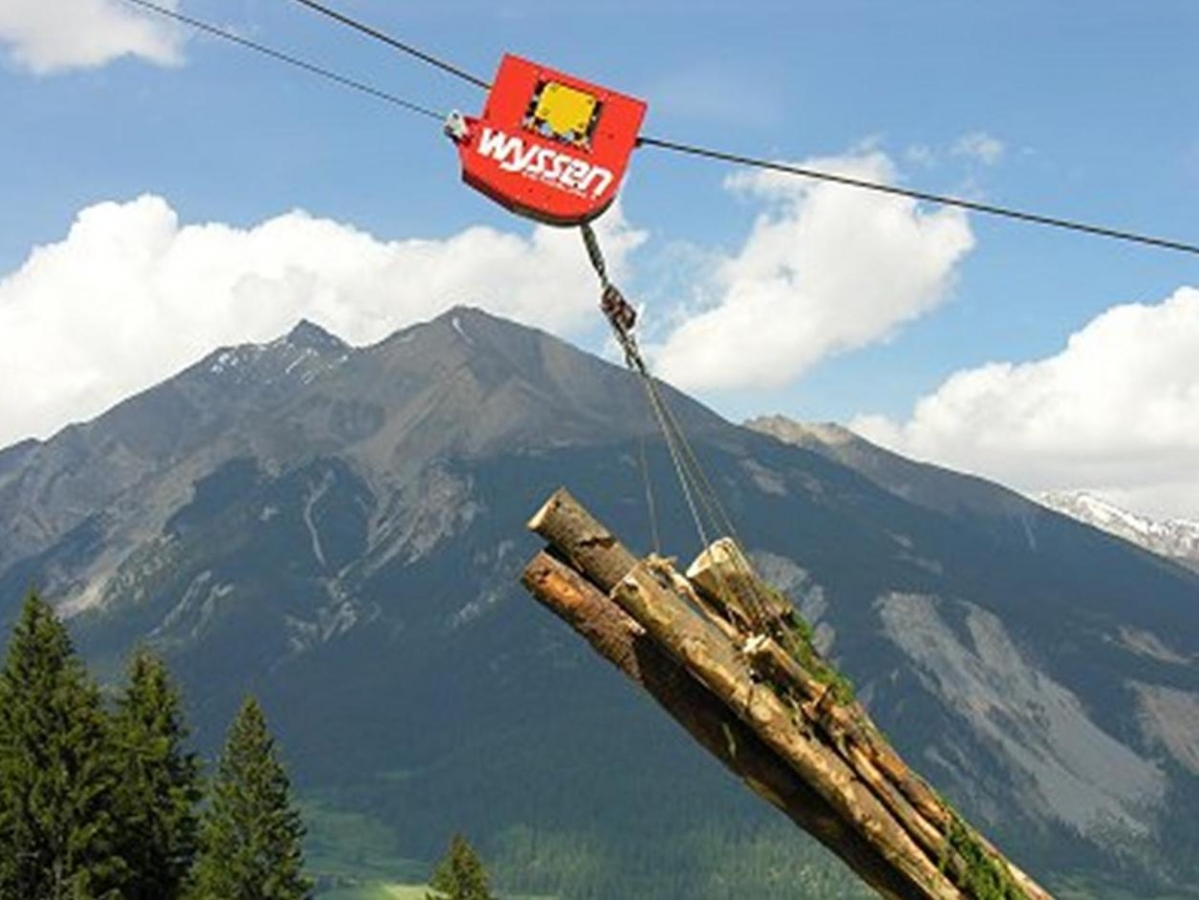
Logsafe
The tables are being turned on foresters and logging contractors in British Columbia as technology from New Zealand is set to create a whole new way of logging in BC’s forests. Source: Scoop NZ
When meeting challenges to safely harvest NZ’s steep sloped forests, practicing foresters found convincing safety advantages with the new harvesting technology.
In recent years, loggers in New Zealand’s forest industry faced safety challenges in tree falling, especially on steep slopes.
There was no choice but to reduce accidents. Up and down the steep, forested country, people turned to the safety of mechanised harvesters.
Simultaneously, safety and productivity improved.
In New Zealand’s steep South Island logger Nigel Kelly pioneered the unique Climbmax harvester with Nelson Forests.
His new machine removed many risks in tree felling. Its innovative computer control systems took the industry by storm there.
Other forest managers and contractors quickly followed suit.
Since 2013, prominent New Zealand forest managers, worked with dedicated engineers, designers and logging contractors, to introduce more new traction-assist tethered harvesters. They are now commonplace in forests there.
“We were impressed with the integrity and professionalism of the systems we were presented with. They ticked all of the boxes,” says a leading forest operations manager. “Safety was clearly engineered into them from the outset.
“As people integrate tethered machines into their harvesting planning and risk assessments, for some steep forests, they can be a much better way to go.”
BC’s coastal loggers at the Truck Loggers Association (TLA) convention got a taste of the new disruptive technology for steep slope harvesting at their annual meeting last week.
“Delegates at TLA’s event heeded the challenges facing us. At our event in March the line-up of speakers from New Zealand, Canada and USA will be focused on the solutions the new technology harvesters offer,” conference co-organizer, Rob Stanhope said.
Mr Stanhope says BC’s forest leaders can take some comfort in introducing the new technology, knowing that the loggers from New Zealand have been well-supported by both engineers and their forest managers.
“It’s been through constant communication that the loggers and foresters have come to grips with the issues they had to overcome – and they did it,” Mr Stanhope said.





